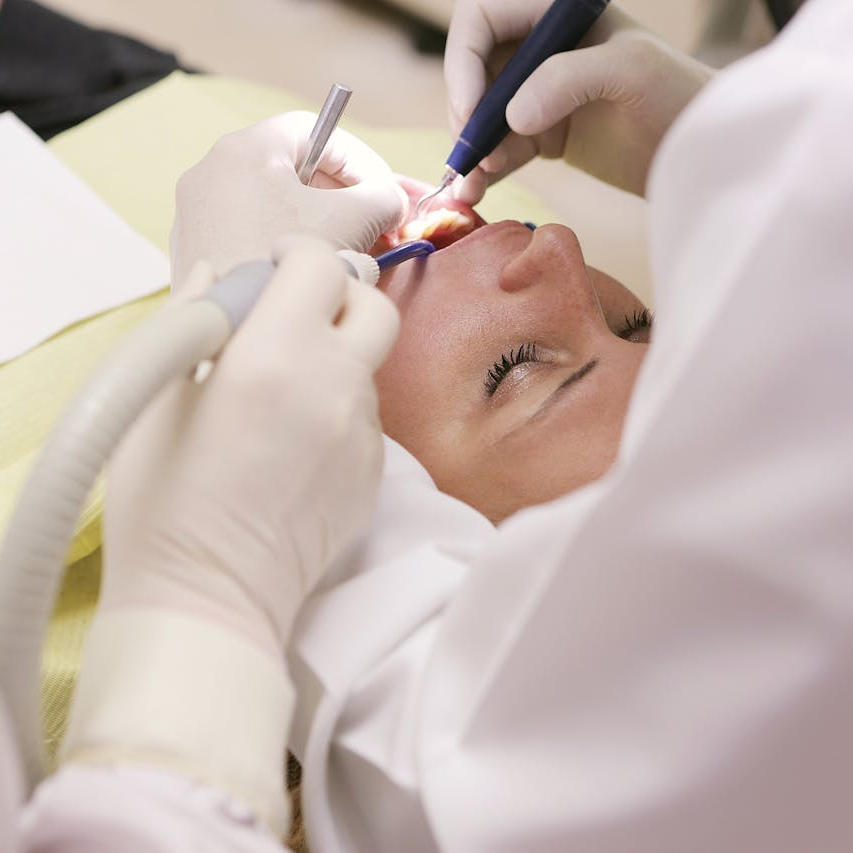Key Takeaways
-
FEDVIP coverage can significantly reduce out-of-pocket costs for essential dental and vision care, especially in retirement when preventive and corrective needs often increase.
-
Enrollment opportunities are limited, so knowing when and how to make changes is key to avoiding lapses in coverage or missed benefits.
The Importance of Vision and Dental Care in Retirement
- Also Read: How Survivor Benefits Provide Federal Families with Stability After the Loss of a Loved One
- Also Read: Federal Employees, Here’s What You Need to Know About Survivor Benefits Before Retiring
- Also Read: Medicare Enrollment Changes That Every Federal Employee Needs to Pay Attention to This Year
With age, your risk of dental problems like gum disease, tooth loss, and oral infections rises. Vision deterioration, such as cataracts, macular degeneration, and the need for corrective lenses, becomes more common as well. Unlike general health coverage under FEHB or PSHB, vision and dental care aren’t fully included unless you opt into FEDVIP.
What FEDVIP Covers
FEDVIP offers access to group dental and vision insurance to eligible government employees and retirees. Here’s what this type of coverage typically includes:
Dental Coverage May Include:
-
Preventive cleanings and oral exams
-
X-rays and diagnostic services
-
Fillings, crowns, and root canals
-
Periodontal treatments
-
Dentures and implants
Vision Coverage May Include:
-
Annual eye exams
-
Frames and lenses or contact lenses
-
Coverage for progressive lenses
-
Discounts on laser vision correction (varies by plan)
-
Treatment for vision-related medical conditions not covered by general health insurance
The goal is to ensure you maintain your ability to eat, speak, and see clearly as you age—all of which contribute directly to your independence and quality of life.
Eligibility and Enrollment Timeline
If you’re a retiree from federal or postal service, you’re eligible to enroll in FEDVIP. Spouses and other qualified family members are typically eligible as well. Enrollment periods matter here, and timing is crucial.
You can enroll or make changes during:
-
Federal Benefits Open Season: Happens annually from mid-November to mid-December
-
Qualifying Life Events (QLEs): Such as marriage, divorce, death of a spouse, or loss of other coverage
If you miss these windows, you’ll need to wait until the next Open Season to make changes or enroll, unless you qualify for a QLE.
The Financial Risk of Skipping Coverage
Without FEDVIP, dental or vision procedures can be costly, especially in retirement when you’re living on a fixed income. For instance:
-
A dental crown can cost several hundred dollars
-
Dental implants can run into thousands
-
Prescription glasses can cost hundreds, depending on lens type
Even basic preventive care becomes a financial burden over time. FEDVIP helps manage and often reduce these costs through negotiated rates and cost-sharing structures.
How FEDVIP Complements Medicare and PSHB
Many retirees assume Medicare or their PSHB plan will cover everything, but that’s not the case. Medicare Part A and B do not include routine dental or vision services. While some PSHB plans may offer limited benefits, they rarely offer the same comprehensive dental and vision coverage as FEDVIP.
Here’s how the combination works in 2025:
-
Medicare: Covers medical-related vision conditions but not exams or glasses.
-
PSHB: Offers general health insurance but often limits or excludes dental and vision.
-
FEDVIP: Fills these gaps by offering dedicated coverage tailored to your eyes and oral health.
By integrating these layers, you create a more complete coverage strategy that protects your well-being into retirement.
Planning for the Long-Term
Preventive care is essential for avoiding expensive complications later. Dental infections can lead to systemic issues, including heart disease. Vision loss can increase fall risk, impacting mobility and independence. That’s why early enrollment in FEDVIP—before issues arise—makes financial and medical sense.
If you’re turning 65 and already retired, or if you’re retiring soon, it’s smart to evaluate your dental and vision needs now. Don’t wait until Open Season sneaks up on you or a QLE forces a reactive decision.
Questions to Ask Yourself:
-
Do I visit the dentist at least twice a year?
-
Have I had changes in my vision in the last year?
-
Am I wearing outdated glasses or contacts?
-
Is there a family history of dental or vision issues?
Answering yes to any of these should prompt a deeper look into your FEDVIP options.
The Role of Family Coverage
You might think dental and vision are just about you, but FEDVIP also covers family members in many cases. If your spouse or dependent has ongoing needs—like orthodontics for a child or corrective lenses for a partner—it can be much more affordable with group coverage through FEDVIP.
Plans typically offer:
-
Self Only
-
Self Plus One
-
Self and Family
It’s important to compare the cost and benefits of each level based on your household’s actual needs. Remember, these aren’t just one-time expenses. They can recur annually or evolve over time.
Coordinating Coverage for Maximum Value
If you have other forms of insurance, coordination can reduce out-of-pocket expenses even further. Some FEDVIP plans coordinate with other coverage, so procedures may be covered in part by multiple plans. Check how coordination of benefits works with your other coverage—particularly if your spouse is also a federal retiree with benefits.
Also, many retirees don’t realize they can keep FEDVIP for life as long as they maintain enrollment. There’s no requirement to re-enroll each year unless you want to make changes.
Common Misunderstandings to Avoid
Several misconceptions persist about vision and dental coverage in retirement. Let’s clear up a few of them:
-
“Medicare will cover everything.” It won’t—especially not routine dental and vision care.
-
“I can enroll anytime.” Not true. Miss Open Season and you’ll wait a full year—unless you have a qualifying event.
-
“I’ll save money skipping FEDVIP.” That might be true short-term, but one major procedure can erase any savings and cost you more in the long run.
-
“I’m healthy now, so I don’t need it.” Preventive care keeps you that way. Waiting until you need treatment may result in higher costs and delayed care.
What You Can Expect in 2025
This year, the program remains stable in terms of structure, but premiums and benefits can vary slightly by plan. The government continues to negotiate group rates for retirees, helping to reduce overall costs. However, it’s your responsibility to compare options during Open Season or when eligible.
In 2025:
-
Dental and vision costs continue to trend upward in the private sector
-
Access to dental implants, progressive lenses, and advanced exams is more common
-
Early detection of oral and vision diseases is increasingly critical to managing chronic conditions
FEDVIP plans are adapting accordingly, offering a range of benefit options that balance affordability with comprehensive care.
Why It’s Time to Review Your FEDVIP Enrollment
Don’t put this off. If it’s been more than a year since you reviewed your vision and dental coverage, you should revisit your plan now—especially before the next Open Season.
Make sure your plan:
-
Meets your current and projected needs
-
Covers your preferred providers
-
Fits your budget without unnecessary extras
If you’re unsure, a benefits professional or licensed agent can help you compare plan types and understand coverage limits.
Protect Your Vision and Dental Health for the Long Haul
Neglecting your dental and vision care in retirement can lead to avoidable complications and significant out-of-pocket expenses. With FEDVIP, you have access to dedicated, flexible coverage options that support your health and financial stability. Don’t wait until a preventable issue becomes a crisis. Act now to secure the coverage that supports your well-being.
For assistance reviewing your options or enrolling, reach out to a licensed agent listed on this website who can offer personalized guidance.









